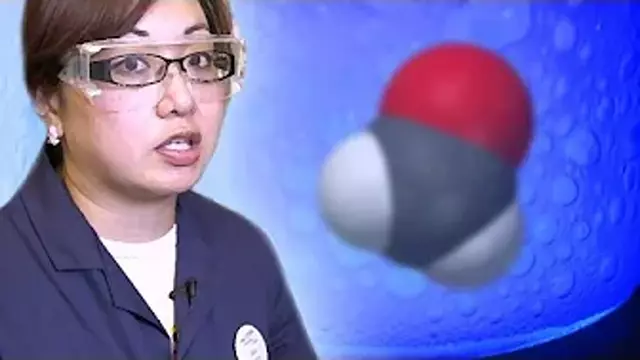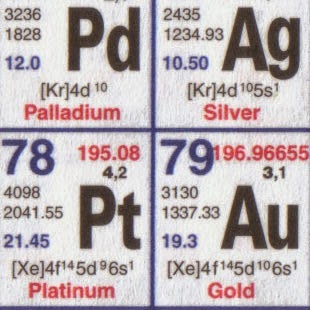2013-11-19
[public] 79.5K views, 2.00K likes, 23.0 dislikes audio only
More details in full description.
Dr Sam Tang adds hydrogen peroxide to pyrogallol, formaldehyde and luminol.
Chemiluminescence is caused by molecules being formed with some of their electrons in a higher energy level and then losing that energy as light. In the first stage, pyrogallol (1,2,3-trihydroxy-benzene) reacts with hydrogen peroxide and formaldehyde to generate singlet oxygen (O2 with the electrons paired together). This then converts to triplet oxygen (O2 with two electrons unpaired -- see our video of magnetic oxygen) with a weak emission of red light. The reactions also generate heat, which is why the temperature goes up and it's the liberated oxygen gas which causes the bubbling. Then the luminol reacts by losing N2 from the molecule to form an excited state product to emit blue light. You can see that with all of these reactions going on at the same time, it's not easy to write down what's happening in just a few simple equations.
Extra GoPro footage: http://youtu.be/cdBwbsof9Dg
More chemistry at http://www.periodicvideos.com/
Follow us on Facebook at http://www.facebook.com/periodicvideos
And on Twitter at http://twitter.com/periodicvideos
From the School of Chemistry at The University of Nottingham: http://www.nottingham.ac.uk/chemistry/index.aspx
Periodic Videos films are by video journalist Brady Haran: http://www.bradyharan.com/
A run-down of Brady's channels: http://bit.ly/bradychannels

